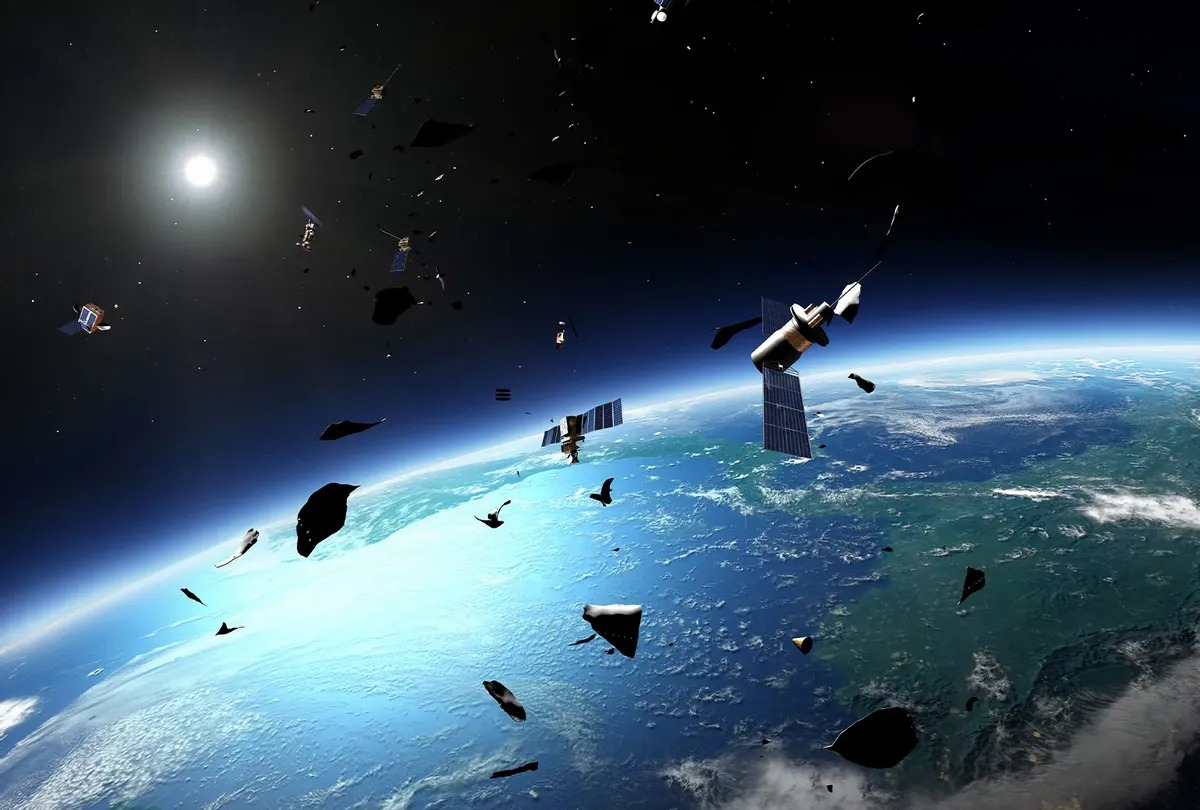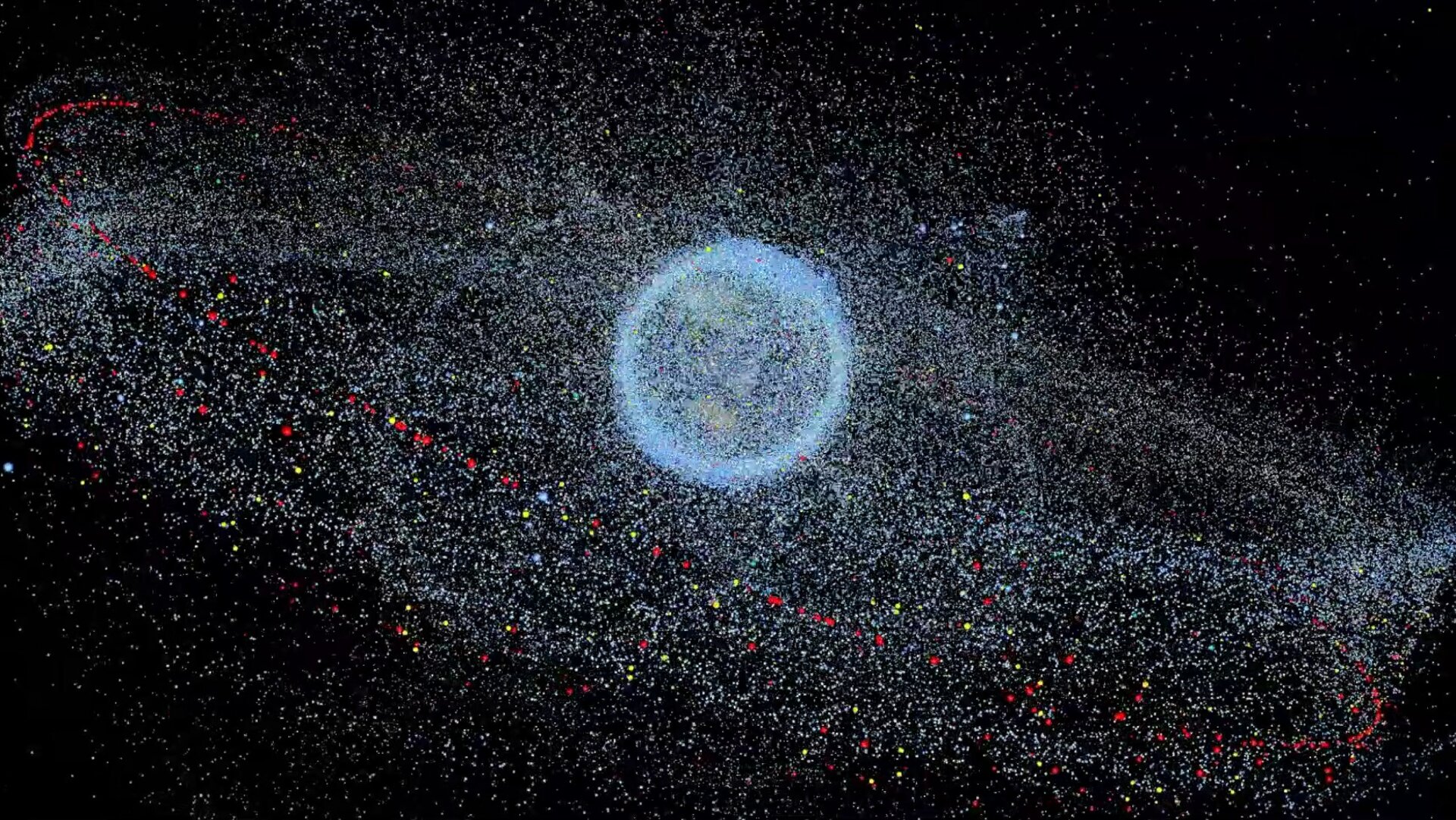American satellites in low Earth orbit, long out of service, must be destroyed. Such a proposal was made by the US Federal Communications Commission (FCC), proposing a project that would clear the orbit of space debris. The project, presented on September 8, proposes to establish a “five-year rule” for the disposal of satellites in low orbit after the completion of their mission. The order will be considered at an open meeting on September 29.

The draft order of the FCC was published on the same day that the American Institute of Aeronautics and Astronautics (AIAA) published the guide “Best Methods of Orbital Safety of Satellites”, developed in collaboration with Iridium, OneWeb and SpaceX. The document describes the steps that satellite operators should take when developing, launching, operating in orbit and disposing of them.
If the project is accepted, the owners will be required to dispose of their spent satellites within five years after the completion of their mission by gradually lowering them into the Earth’s atmosphere, where they will burn up. The rule will apply to all satellites in low Earth orbit which altitude is below 2000 km, as well as satellites launched two years after the approval of the order, and will include both satellites licensed by the United States and licensed by other jurisdictions, but seeking access to the United States market.

Previously, the FCC did not have an official rule setting a deadline for the removal of satellites from orbit. In the licenses issued, there was only a recommendation for a 25-year period of stay of satellites in orbit. Over the past 20 years, the orbit has been saturated with old satellites that have already created a potential danger for future space missions. Therefore, now companies interested in the development of the space industry have expressed concerns that such deadlines are too long and the rules are not too strict.
In 2020, the FCC already postponed consideration of such a rule due to a counterargument from NASA’s Orbital Debris Program Office, which noted that reducing the service life from 25 years to 5 would reduce the amount of orbital debris by only 10% over 200 years, from which there would be no significant benefit.
Earlier, we reported on how Starlink survived a flurry of rendezvous with the wreckage of a satellite shot down by Russia.
According to SpaceNews
Follow us on Twitter to get the most interesting space news in time
https://twitter.com/ust_magazine
